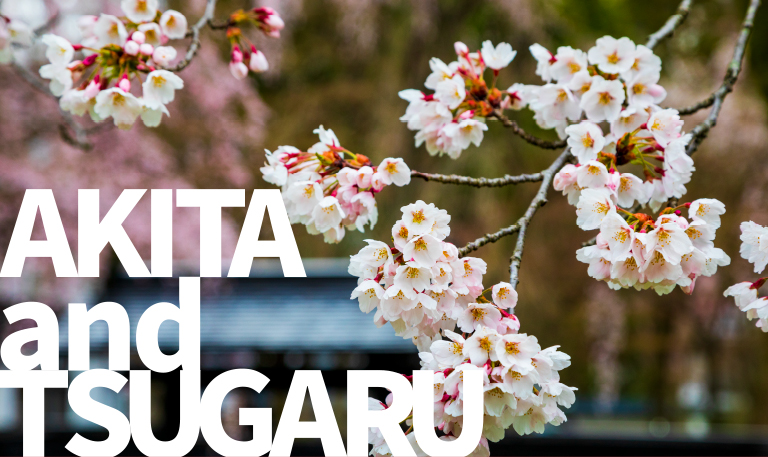#001
A guide at Juniko Lake will tell you about the best places to enjoy the lake and beech forest.

Mountain guide Masakatsu Itaya will guide you on trekking and full-scale mountain climbing. He can help you with anything related to Lake Juniko and the Shirakami Mountains. He will guide you with fun stories.
Juniko Lake is also a treasure trove of birds.
In season, the area is filled with the sight and sounds of birds such as blue-and-white flycatchers, narcissus flycatchers, great spotted woodpeckers, Japanese bush warblers, and ruddy kingfishers.
POINT1
A hidden spot where you can see all twelve lakes at once.
Why is it called Juniko Lake? The answer to that question is the "Ookuzure* Observation Point," which offers a panoramic view of Juniko Lake. Of course, a mountain guide will guide you there.
From here you can see a group of large and small lakes, and you will understand why they are called Juniko Lake. After seeing Aoike Pond, please also go to Okuzure Observatory. (This is a hiking course that takes about 3 to 4 hours round trip.) *大崩(Ookuzure)=A large-scale collapse of a mountain.


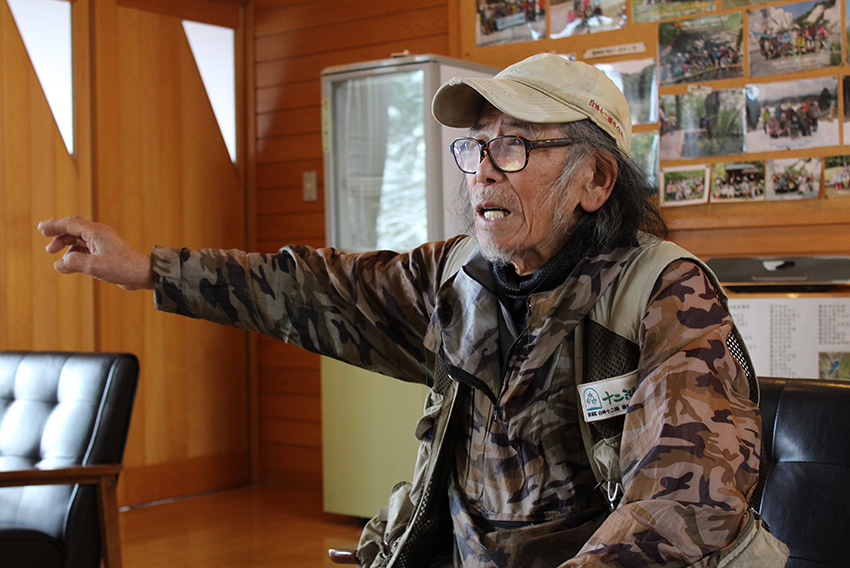
POINT 2
The Twelve Lakes are actually 33 lakes!
Although there are 33 lakes and ponds, the name is "Juniko* Lakes." This name comes from "Okuzure," a place on the middle slope of Kuzureyama (939.9m above sea level).
When viewed from an altitude of 694m, a small pond is hidden in the forest, revealing twelve large lakes.
You can see the Sea of Japan from Okuzure. It's a little hard, but if you're confident in your stamina, why not give it a try?
For those who want to enjoy Lake Juniko in a more casual way, we recommend "Lake Juniko Walking."
You can experience the charms of Juniko Lakes on either the 1-hour or 3-hour course. Stop by the lake, feel the fluffy leaf humus of the beech forest under your feet, and relax in the pleasant breeze.
Please take your time and experience the beauty of the Shirakami Mountains. *十二湖(Juniko)=Twelve Lakes
● 1 hour course
Kyororo (products center) → Aoike Pond → Natural beech forest → Futsubo Pond → Junikoan (tea house) → Kyororo
● 3-hour course
Kyororo (products center) → Aoike Pond → Natural beech forest → Refresh Village → Nakamichi Pond → Wakutsubo Pond → Junikoan (tea house) → Kyororo
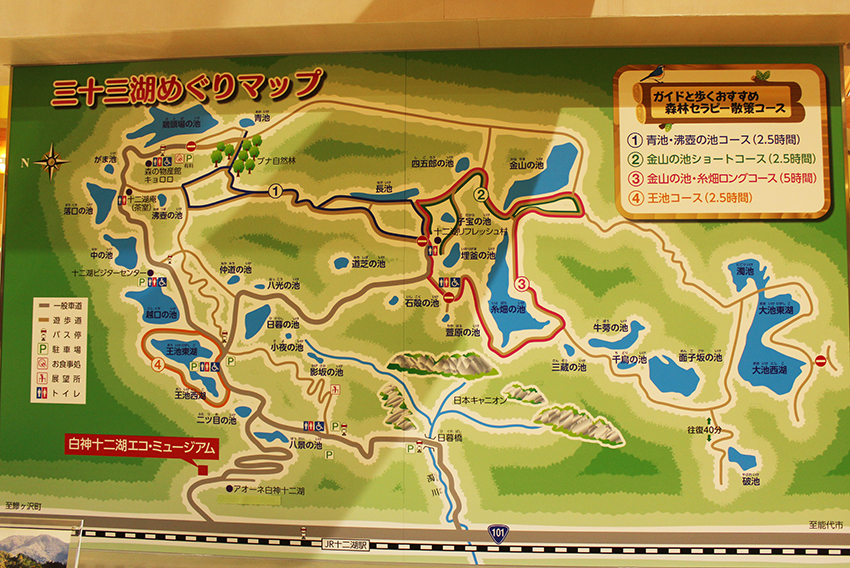
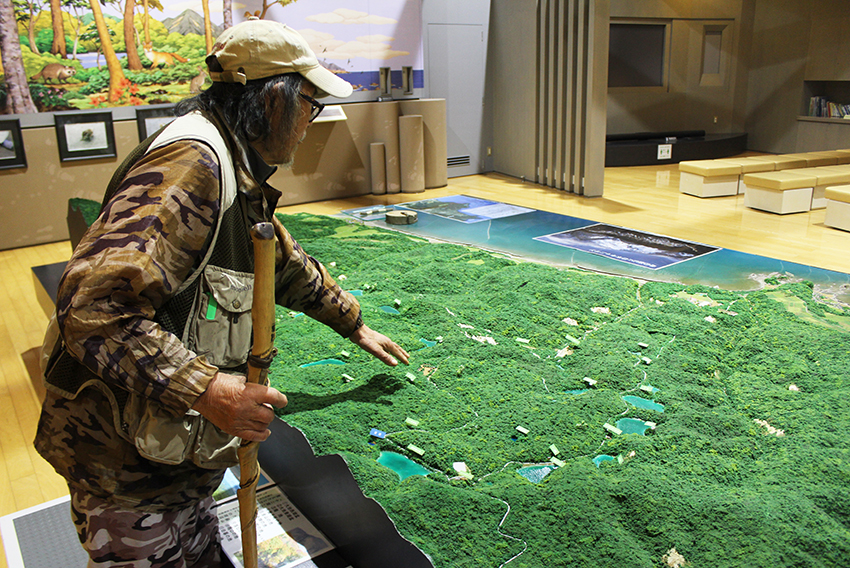
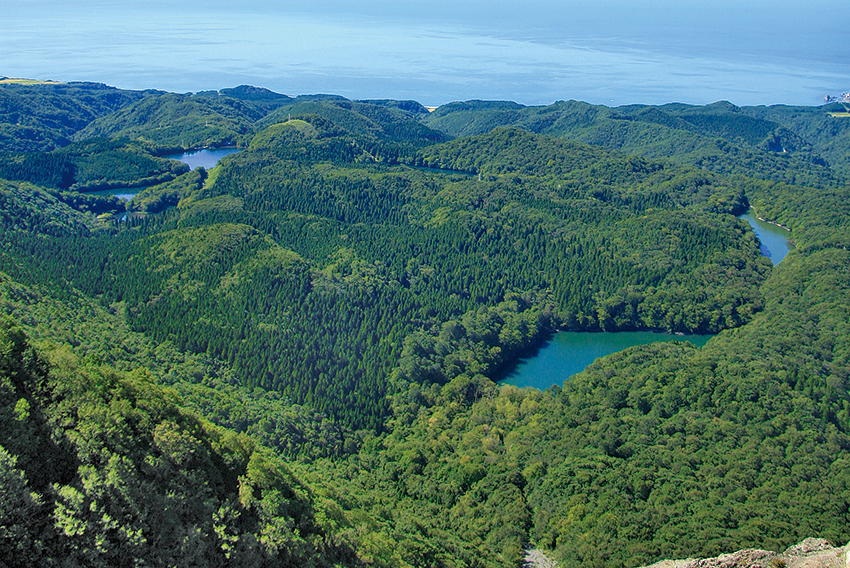
POINT3
A canyon at Juniko Lake?!
Juniko Lake is popular for its beautiful lakes such as Aoike Pond, and is also home to the impressive scenic spot known as Japan Canyon.
In the past, a person involved in the construction of the Maiden Statue at Lake Towada (Mr. Sato Haruo) and a councilor for the Quasi-National Park (Mr. Kishi Mamoru) stopped by Juniko Lake and were shown around Japan Canyon by locals. At the time, they called it "Baby Canyon" because it was small (=baby) compared to the Grand Canyon in the United States. From there, the town hall at the time (formerly Iwasaki Village) immediately decided to call it "Japan Canyon." (There are various theories.)
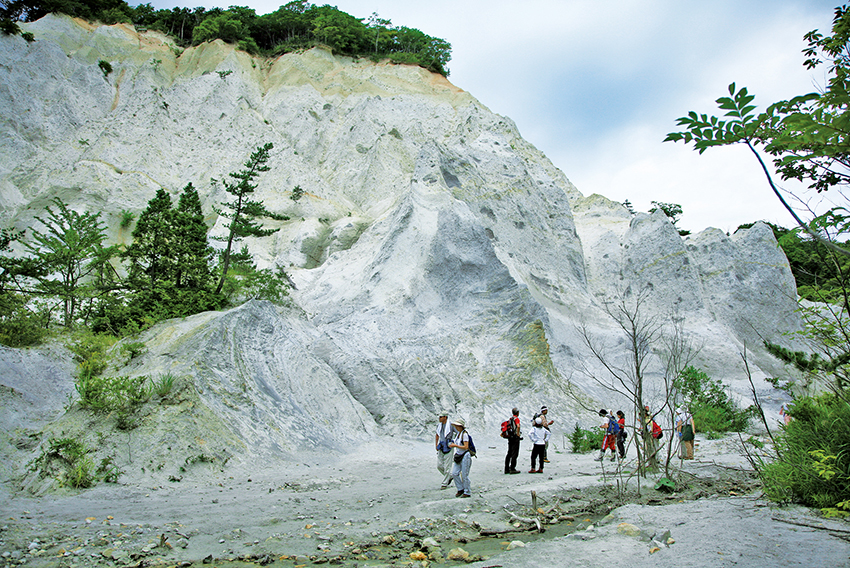
The exposed white rock surface is impressive and definitely worth a visit.
POINT4
Enjoy the sweet and delicious "Fukaura Snow Carrots"
Our guide, Mr. Itaya, recommended the delicious "Fukaura Snow Carrots," which require some effort to dig up from under the snow.
They grow under the sun at the foot of the Shirakami Mountains and are buried in the fields until early spring to mature, waiting patiently in the soil for the sweetness to emerge.
The cold weather causes the carrots to have a higher sugar content, making them sweeter. If you eat them raw, try them in salads or stews.
There is also a wide selection of preserved foods that can be enjoyed all year round.
Jam, snow carrot and scallop pasta sauce, Fukaura snow carrot curry, and other products are packed with vitamin A and will whet your appetite. They also make great souvenirs. They are sold at Jūniko Station on the Gono Line.
You can also taste local seasonal foods, such as wild vegetables and mushrooms picked at the foot of the Shirakami Mountains, and seafood such as sea urchins, abalone, turban shells, and seafood from around the coastline in the summer.
In winter, we recommend cod, octopus, and sea cucumber!
The menus at local restaurants and inns allow you to enjoy the flavors of the foothills of the Shirakami Mountains in each season.
*As a general rule, it is prohibited to pick wild vegetables within Tsugaru Quasi-National Park and Juniko Lakes.
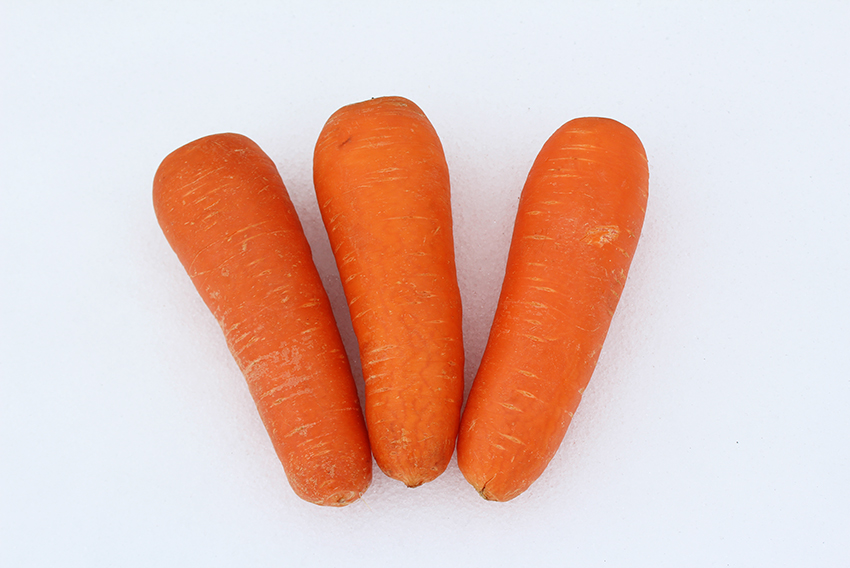
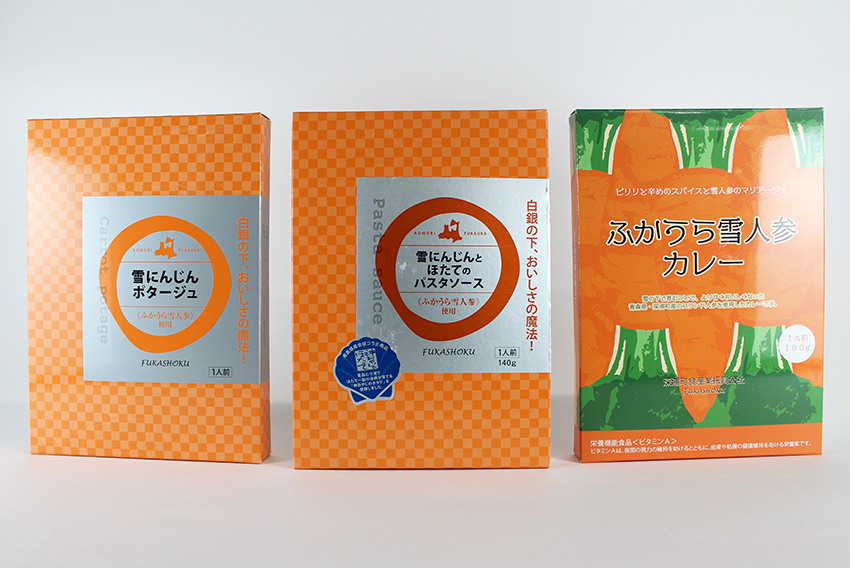


POINT5
Take your photo when Aoike* Pond looks its bluest!
The pond, surrounded by beech trees, turns a beautiful blue when the sun is directly overhead. From early summer to summer, professional photographers wait all day long for the sun to shine.
If you wait at Aoike Pond before the sun is directly overhead, you might be able to take the best shot. *青池(Aoike)=Blue Pond


Be sure to stop by during your trekking trip!
POINT 6
Juniko Lake is the first health area in Aomori Prefecture to offer forest therapy guides.
A forest therapy guide is a person who has environmental scientific knowledge about forests as well as physiological knowledge about the healing effects of forests and holds professional qualifications.
We can guide forest visitors through walks and exercises that will enhance the forest bathing effect.
There are about 20 guides working at Juniko Lake!
Not only will you learn about forests, but you'll also be taught healthy walking techniques, which will give you an opportunity to reexamine your own walking style.
Why not start by experiencing the benefits of forest bathing with a therapy guide?


Our guide, Itaya, says, "I hope you will take your time and enjoy being surrounded by beautiful greenery and warm sunlight filtering through the trees."
POINT7
Mt.Shirakami can be seen from the observation deck of the Shirakami Juniko Eco Museum.
The observation deck is located on the grounds of "Aone Shirakami Juniko Lakes," right next to the Shirakami Juniko Lakes Eco-Museum.
From the observation deck, you can see Mt. Shirakami straight ahead to the east. You can see Mt. Shirakami at an elevation of 1,235m from zero meters above sea level, and you can even see as far as the Oga Peninsula, so don't miss it.

POINT8
When trekking or hiking, bring a cup to drink delicious water.
A mountain guide like a sage, Mr. Itaya knows very well where delicious spring water comes from.
When he goes trekking or hiking, he brings his beloved Finnish birch cup with him.
Even though it's made of wood, it has been in use for 20 years.
Please bring your own cup.


Facility information
- Contact us / Shirakami Juniko Eco Museum
- TEL: 0173-77-3113
- Closed: Every Monday (or the following day if Monday is a public holiday), New Year's holiday (December 29th to January 3rd)
- Opening hours: 9:00-17:00
In addition to Aoike Pond, Juniko Lake has many other spectacular views.
In addition to trekking, mountain climbing and walks through the beech forest, the therapeutic course of taking a leisurely walk around the lake is also very healthy.
Of course, there is also an abundance of local ingredients, allowing you to sample both mountain and sea delicacies.
Please come and enjoy the fascinating Shirakami Mountains and Lake Juniko.
Photo courtesy of Aone Shirakami Juniko
Article created by: Magenta Co., Ltd.
*This article was produced under the planning of the Buna School Management Council.
*This column is a reprint of an article from Meet the Heart 2021.

